Introduction
In this blog post, we will explore the fascinating world of Adderall. We will discuss the different types of Adderall, its uses, and how it came into existence. Adderall is a commonly prescribed medication used to treat attention deficit hyperactivity disorder (ADHD) and narcolepsy. It is a combination of amphetamine and dextroamphetamine, which work together to help improve focus, attention, and impulse control.
When it comes to the different types of Adderall, there are two main formulations available: immediate-release (IR) and extended-release (XR). Immediate-release Adderall is designed to provide a quick onset of action, typically lasting for about four to six hours. This formulation is often prescribed for individuals who need symptom relief throughout the day but may not require long-lasting effects. On the other hand, extended-release Adderall is formulated to provide a gradual release of the medication over an extended period, typically lasting for about 10 to 12 hours. This formulation is often preferred for individuals who need consistent symptom relief throughout the day, without the need for multiple doses.
Now, let’s delve into the history of Adderall and how it came into existence. The development of Adderall can be traced back to the 1920s when amphetamines were first synthesized. These stimulant drugs were initially used for various medical purposes, including the treatment of asthma and nasal congestion. However, it wasn’t until the 1930s that the potential benefits of amphetamines for psychiatric conditions, such as ADHD, were recognized.
In the 1960s, pharmaceutical companies began to develop and market amphetamine-based medications specifically for the treatment of ADHD. One of these medications was Adderall, which was first approved by the U.S. Food and Drug Administration (FDA) in 1996. Since then, Adderall has become one of the most commonly prescribed medications for ADHD, with millions of prescriptions being written each year.
While Adderall has proven to be effective in managing ADHD symptoms, it is important to note that it is a controlled substance due to its potential for abuse and addiction. This means that it is classified by the Drug Enforcement Administration (DEA) as a Schedule II controlled substance, indicating a high potential for abuse and dependence. Therefore, it is crucial for healthcare providers to carefully evaluate each patient’s needs and closely monitor their use of Adderall to ensure its safe and appropriate use.
In conclusion, Adderall is a widely used medication for the treatment of ADHD and narcolepsy. It is available in immediate-release and extended-release formulations, providing different durations of symptom relief. The history of Adderall dates back to the early 20th century, with its development and approval for ADHD treatment occurring in the later decades. While Adderall can be highly beneficial for those who need it, it is essential to use it responsibly and under the guidance of a healthcare professional to minimize the risk of abuse and addiction.

Types of Adderall
Adderall is available in two different forms: immediate-release (IR) and extended-release (XR). The immediate-release version is designed to take effect quickly and lasts for about 4-6 hours. It is often taken multiple times a day, depending on the individual’s needs. On the other hand, the extended-release version is formulated to release the medication gradually over a longer period, typically lasting for 10-12 hours. This allows for a more consistent and sustained effect throughout the day.Both the immediate-release and extended-release versions of Adderall contain the same active ingredients, which are a combination of amphetamine and dextroamphetamine. These stimulant medications work by increasing the levels of certain chemicals in the brain that are responsible for attention and impulse control. The immediate-release version of Adderall is commonly prescribed for individuals who need more flexibility in their dosing schedule. For example, someone who needs the medication to help them focus during work or school hours may take a dose in the morning and then another dose in the afternoon, if necessary. This allows them to have the medication’s effects when they need it most and then wear off by the time they want to wind down for the day. On the other hand, the extended-release version of Adderall is often prescribed for individuals who require a longer duration of effect. This may be beneficial for individuals who have difficulty maintaining focus throughout the day, such as those with attention deficit hyperactivity disorder (ADHD). The extended-release formulation allows for a steady release of the medication over an extended period, providing consistent symptom relief throughout the day. It is important to note that the choice between immediate-release and extended-release Adderall depends on the individual’s specific needs and the recommendation of their healthcare provider. Factors such as lifestyle, work or school schedule, and response to the medication should all be taken into consideration when determining the most appropriate form of Adderall. Regardless of the form prescribed, it is crucial for individuals taking Adderall to follow their healthcare provider’s instructions and dosage guidelines. Adderall is a controlled substance and should only be used under the supervision of a healthcare professional. It is not recommended to adjust or change the dosage without consulting with a healthcare provider, as this can lead to potential side effects or complications. In conclusion, Adderall is available in two forms: immediate-release and extended-release. The immediate-release version provides a quick onset of action and lasts for a shorter duration, while the extended-release version releases the medication gradually over a longer period, providing a more sustained effect. The choice between these forms depends on the individual’s needs and should be determined in consultation with a healthcare provider. It is important to use Adderall as prescribed and follow all instructions to ensure its safe and effective use.
Uses of Adderall
Adderall is primarily prescribed for the treatment of ADHD, which is a neurodevelopmental disorder characterized by persistent patterns of inattention, hyperactivity, and impulsivity. It helps individuals with ADHD to improve their ability to focus, concentrate, and control their impulses. This medication works by increasing the levels of certain chemicals in the brain that are responsible for regulating attention and behavior.
In addition to its use in ADHD, Adderall can also be used in the treatment of narcolepsy, a sleep disorder that causes excessive daytime sleepiness and sudden episodes of sleep. Narcolepsy can significantly impact a person’s daily life, making it difficult to stay awake and alert during normal activities. Adderall can help to manage the symptoms of narcolepsy by promoting wakefulness and reducing the frequency of sleep attacks.
It is important to note that Adderall should only be taken under the supervision of a healthcare professional. This medication is a controlled substance due to its potential for abuse and addiction. It is not recommended for use by individuals without a legitimate medical need, as it can have potential side effects and risks.
Some common side effects of Adderall include increased heart rate, elevated blood pressure, decreased appetite, and difficulty sleeping. These side effects are usually mild and temporary, but it is important to report any persistent or severe symptoms to a healthcare provider. Additionally, Adderall may interact with certain medications and medical conditions, so it is essential to disclose all relevant information to the prescribing doctor.
Overall, Adderall can be a beneficial medication for individuals with ADHD or narcolepsy when used as prescribed and under the guidance of a healthcare professional. It can help to improve focus, attention, and wakefulness, allowing individuals to better manage their symptoms and engage in daily activities. However, it is crucial to use Adderall responsibly and to follow the prescribed dosage and instructions to minimize the risk of side effects and potential misuse.
The Evolution of Adderall Usage
Since its approval by the FDA in 1996, Adderall has seen a significant increase in its usage for the treatment of Attention Deficit Hyperactivity Disorder (ADHD) and narcolepsy. The initial approval of Adderall marked a turning point in the management of these conditions, providing a more targeted and effective solution for individuals struggling with ADHD symptoms.
Amphetamine, one of the key components of Adderall, has a long history of medical use dating back to the late 1800s. Initially used for its stimulant properties, amphetamine found its way into various medical treatments, including asthma, obesity, and narcolepsy. However, it was not until the 1930s that amphetamine gained recognition as a potential treatment for ADHD symptoms. ADHD symptoms
As the understanding of ADHD grew, researchers and medical professionals began to explore the use of amphetamine specifically for this condition. The stimulant properties of amphetamine were found to have a positive impact on ADHD symptoms, such as improving focus and reducing hyperactivity. This led to the development of dextroamphetamine, a close relative of amphetamine, which had a more potent effect on the central nervous system. ADHD symptoms
The combination of amphetamine and dextroamphetamine in Adderall was a breakthrough in the treatment of ADHD and narcolepsy. By combining these two stimulant medications, Adderall could target multiple aspects of these conditions, providing a more comprehensive approach to symptom management. The balanced formulation of Adderall allowed for improved focus, reduced hyperactivity, and increased wakefulness, making it a valuable tool in the management of ADHD and narcolepsy. ADHD symptoms
Since its introduction, Adderall has become one of the most commonly prescribed medications for ADHD. Its effectiveness in managing symptoms, along with its relatively low cost, has contributed to its widespread use. However, the increased usage of Adderall has also raised concerns about its potential for misuse and abuse. As a stimulant medication, Adderall has the potential for addiction and can be misused for its euphoric effects.
It is essential for healthcare professionals to carefully evaluate and monitor individuals prescribed Adderall to ensure its appropriate use. Additionally, education and awareness programs should be implemented to inform the public about the risks and benefits of Adderall and to promote responsible use.

 Cart is empty
Cart is empty 


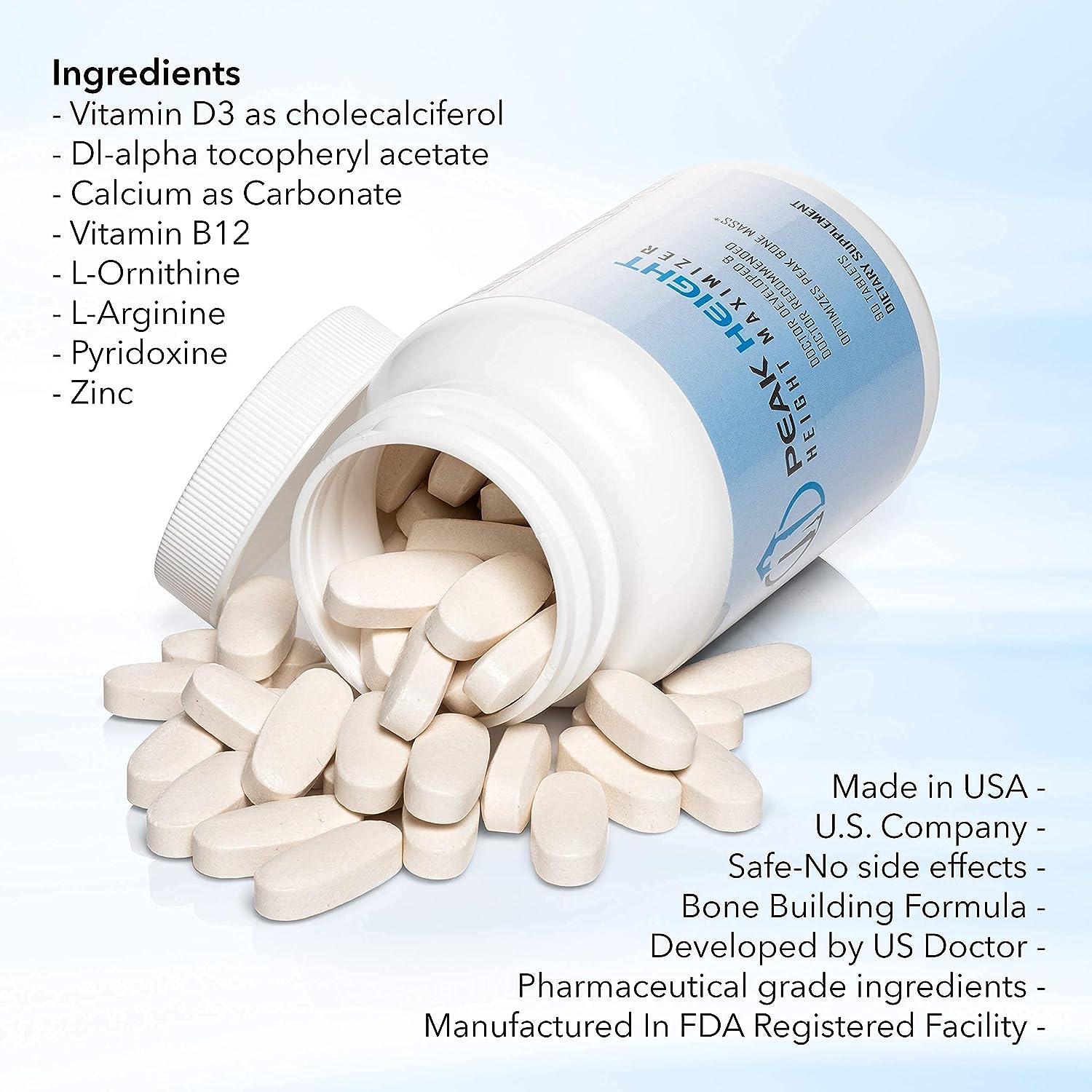



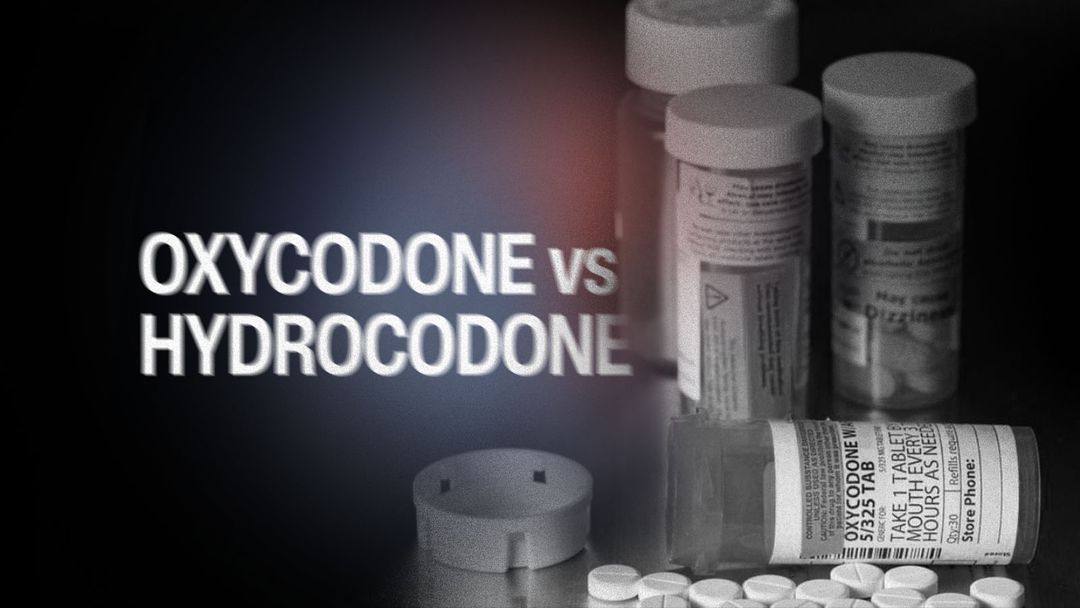

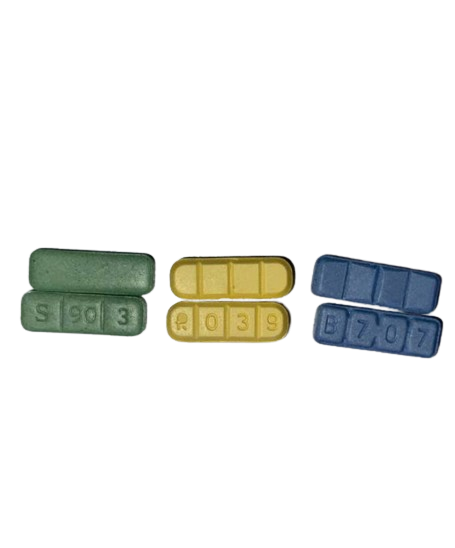
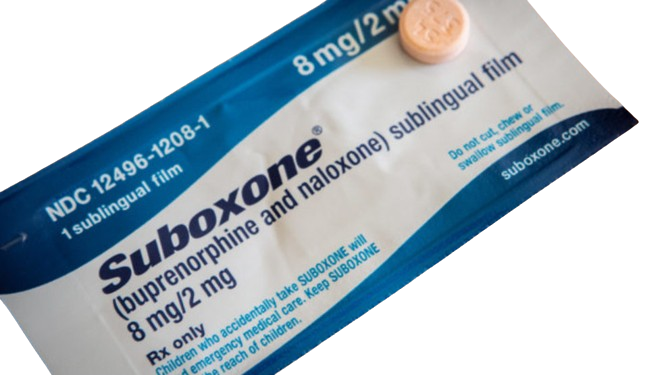
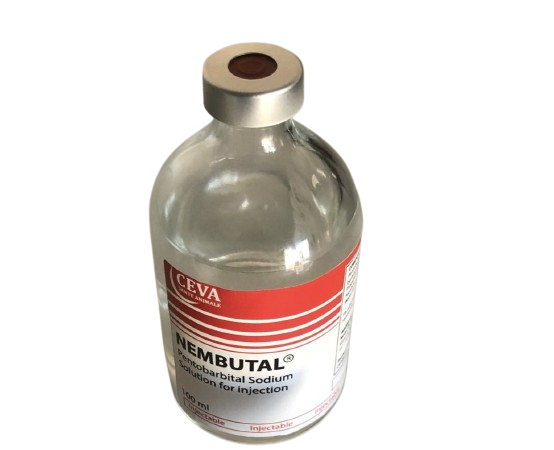
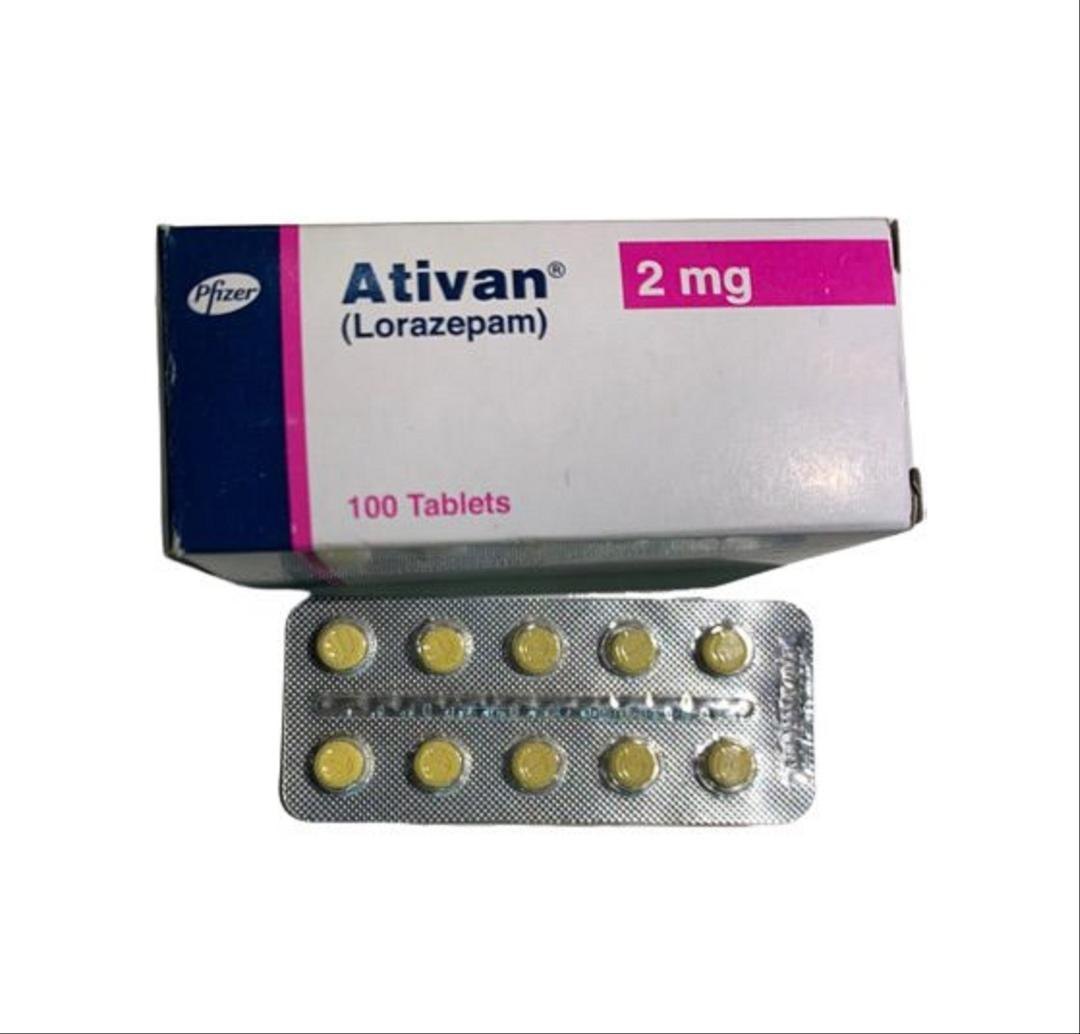
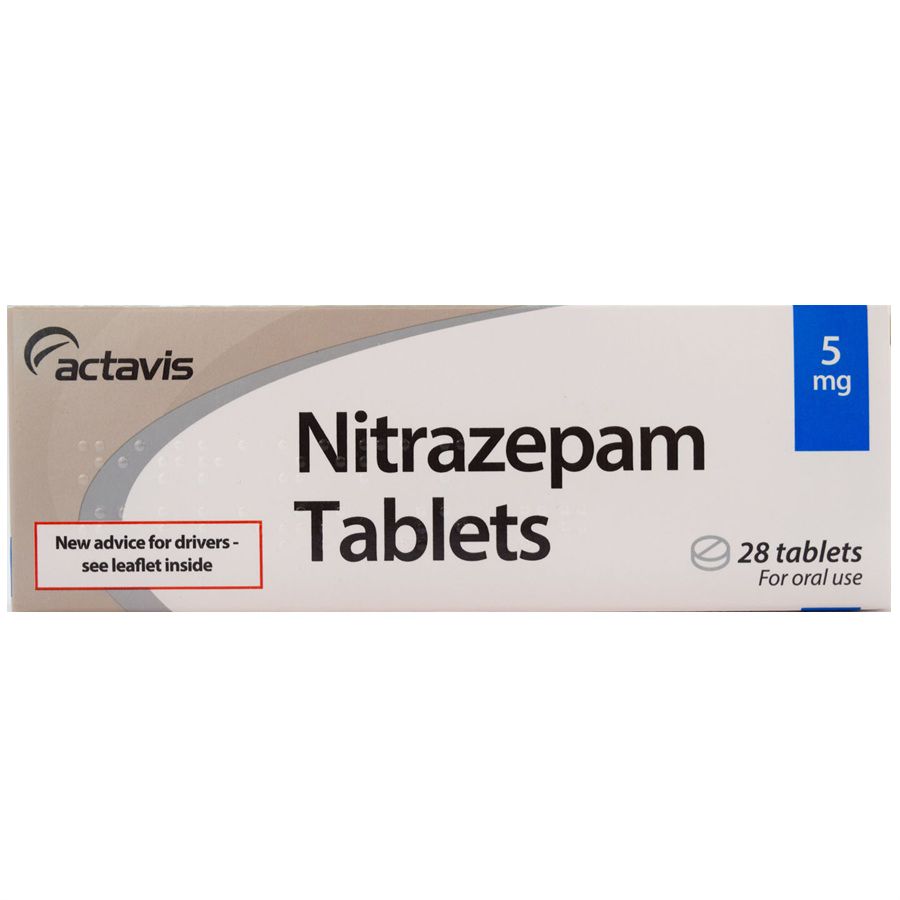
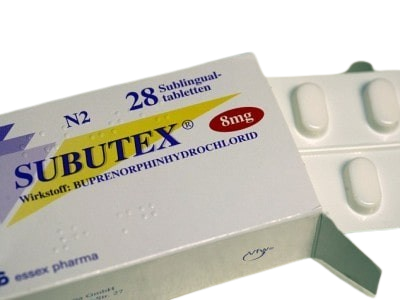

Leave A Comment